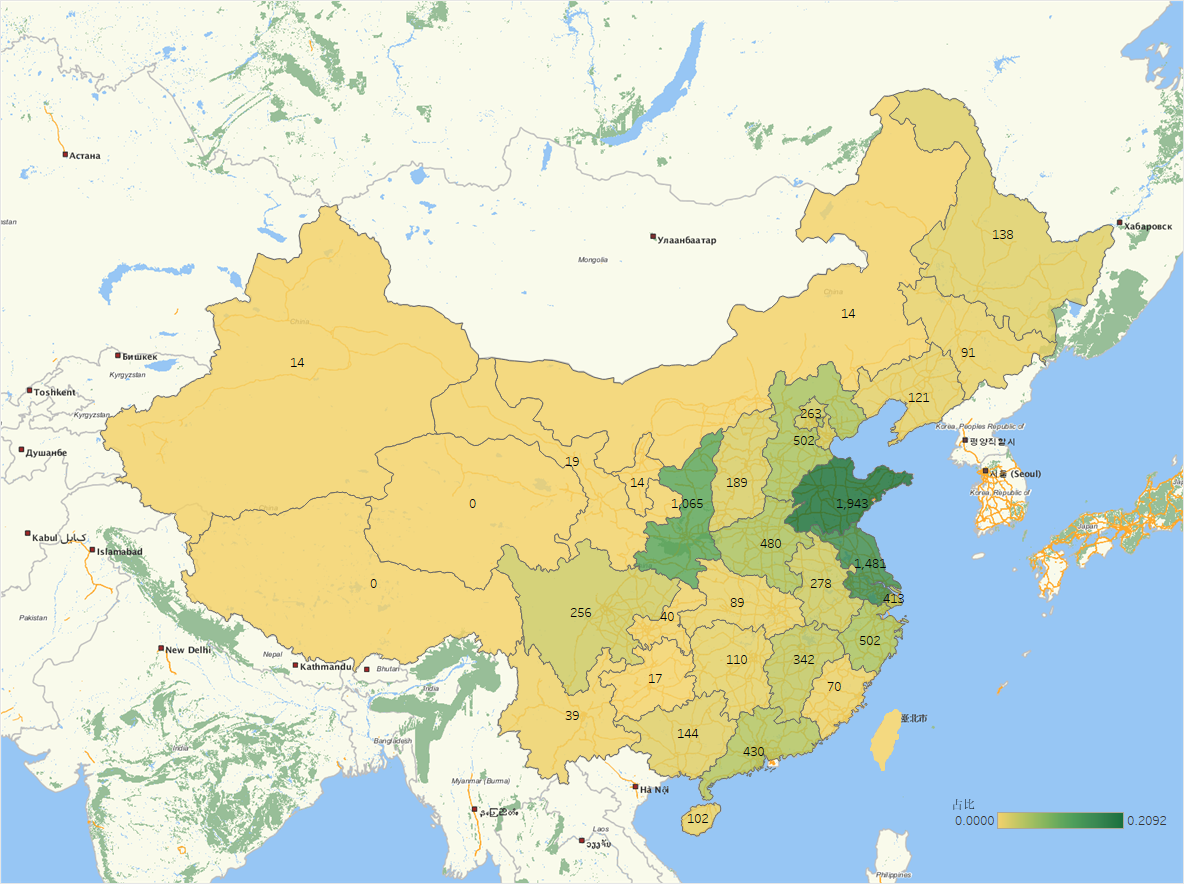MONOMERS, ADJUVANTS, BIOFUNGICIDES
for Plant Pathogens and Diseases Control
GREEN & EFFECTIVELY
Here is no curing any of these: one must be quick to recognize these diseases and then discard the affected plants and protect the rest.
Global Status of Fungicides
Plant diseases spread year on year, with pathogens damaging leaves and roots and forcing growers to discard affected plants. In one advisory, Cornell’s Long Island Horticultural Research and Extension Center (HREC) advised vigilance regarding several priority pathogens in the 2017 season.
According to international trade datasets by UN Comtrade Database for fungicides (HS 380892), reported global exports in 2015 were around $9.1 billion (approximately 0.99 million tonnes), with imports of a similar value and around 0.88 million tonnes; China’s share was reported at roughly 4.8%, with double‑digit CAGR over 2007–2015. These data indicate robust demand and, increasingly, a focus on eco‑friendly, bio‑based solutions.
CHINA EXPORT VALUE OF FUNGICIDES
by $ Million
2007
2014
2016
* 2017 Numbers of Registered Fungicide in China (Except of special administrative regions and Taiwan region)
Fungicide registrations recorded by China’s Institute for the Control of Agrochemicals (ICAMA) indicate rapidly growing demand. In aggregate, about 9,432 products are reported as registered with ICAMA. Wettable powder is cited as a leading formulation type, reportedly accounting for roughly 38.2% of registrations. Approximately one‑third of registered products are co‑formulations, while about two‑thirds, around 65.13%, are single‑active formulations.
Registration patterns in China also highlight new challenges: a disproportionate share of fungicide active substances is concentrated on field crops, indicating a need to broaden R&D in formulation innovation to serve a wider range of applications.
Challenge of Fungicide Resistance
In China, registered fungicides predominantly target field crops, notably rice, wheat, peanuts, cotton and oilseed rape. Field crops account for about 33.9% of registered uses by target‑crop application. Of registered formulations, roughly 65% are single‑active products and 35% are co‑formulations.
A case study illustrates how readily downy mildew can spread. In 2011, impatiens downy mildew was reported from multiple states, including Massachusetts, California, Illinois, Indiana, New York, Minnesota and Wisconsin. The disease reappeared on landscape impatiens in Florida in January 2012. This destructive foliar disease can cause complete defoliation or plant collapse and, by late 2012, had been confirmed in 33–34 states across the United States. In early November 2012, renewed outbreaks were observed in south Florida, signalling the likely start of the 2013 season.
At that time, fungicides such as Protect DF™, FenStop™ and Adorn® were regarded as highly effective preventatives. These products contain actives including mancozeb in Protect DF™, fenamidone in FenStop™ and fluopicolide in Adorn®. Although effective and generally used with manageable hazard when label directions are followed, safety documentation notes risks such as skin sensitisation or irritation, aquatic toxicity to fish, and, under heat or fire, possible hazardous decomposition products.
In the longer term, as environmental policies and legislation tighten and pathogen resistance continues to evolve, bio‑based monomers are set to play a pivotal role in formulations when combined with synthetic actives. This points to a promising new approach to crop‑disease control.
| The main active ingredients of registered fungicides in China, ICAMA, 2017 | ||
| Active Ingredient | Numbers of Registered | Registered, % |
| Mancozeb | 430 | 16% |
| Thiophanate Methyl | 350 | 13% |
| Difenoconazole | 322 | 12% |
| Tebuconazole | 274 | 10% |
| Sulfur | 250 | 9% |
| Validamycin | 236 | 9% |
| Propiconazole | 212 | 8% |
| Dimethomorph | 201 | 8% |
| Chlorothalonil | 191 | 7% |
| Prochloraz | 166 | 6% |
Terpene Based Monomers for Diseases Control & Plant Cares
Terpene‑based ingredients are being developed as biofungicidal monomers, even though many plants naturally contain substantial levels of terpenes. Manufacturers commonly source pine oil and turpentine from Pinus species, historically used in cleaning applications. Terpenes show notable antibacterial activity in vitro; building on this, α‑(L)‑terpineol at 90% purity has been reported as active against plant pathogens. For instance, at 3.0 mg/mL over 24 hours, α‑(L)‑terpineol reduced the bacteriostatic‑zone diameter for tomato bacterial wilt from 90.0 mm to 13.3 mm.
Monomers extracted from diverse biological sources exhibit targeted antimicrobial activity. Eugenol and terpinen‑4‑ol, reported from cumin seed (Cuminum cyminum L.), have been shown to act against Sclerotinia sclerotiorum, tomato early blight, verticillium wilt and damping‑off diseases (Linfeng Hu, 2008). Specifically, at 200 mg/L, eugenol achieved 94.17% efficacy against Sclerotinia sclerotiorum on oilseed rape, 91.24% against tomato early blight, and 78.48% against cotton verticillium wilt. Additionally, terpinen‑4‑ol delivered 71.68% effectiveness against rice damping‑off and 77.36% against wheat damping‑off.
From a commercial perspective, terpenes as bioactive compounds are already incorporated into a number of market products. Examples include NU‑FILM® 17 by Miller Chemical & Fertilizer, LLC, and 2BY™ and 2EY™ by EDEN®. Another product, Lachlan (K) Hawk 16CS, also utilises terpene‑based technology. Our own brand, PINEYE® EC emulsion, has been successfully applied as a sun‑guard and wetting dispersant.
| The target plant pathogens of bio-based monomers. | ||||
| α-Terpineol | Terpinen-4-ol | α-Terpinene | Eugenol | |
| Ddowny Mildew | ||||
| Damping off Disease | √ | √ | √ | √ |
| Powdery Mildew | ||||
| Rice Blast | ||||
| Leaf Spot | ||||
| Anthracnose | √ | |||
| Venturia Inaequalis | ||||
| Spotted Leaf Disease | ||||
| Early Blight | √ | √ | √ | |
| Ring Spot | ||||
| Botrytis | √ | |||
| Fusarium Head Blight | ||||
| Sclerotinia Sclerotiorum | √ | √ | √ | |
| Seedling Blight | ||||
| Verticillium Wilt | √ | √ | ||
Download Product List
Our available ingredients would be used for plant cares. Kindly download whitepaper to get products list and work with us.
Get the Quote
Contact our sales team to get the latest product specifications and product quotes.
